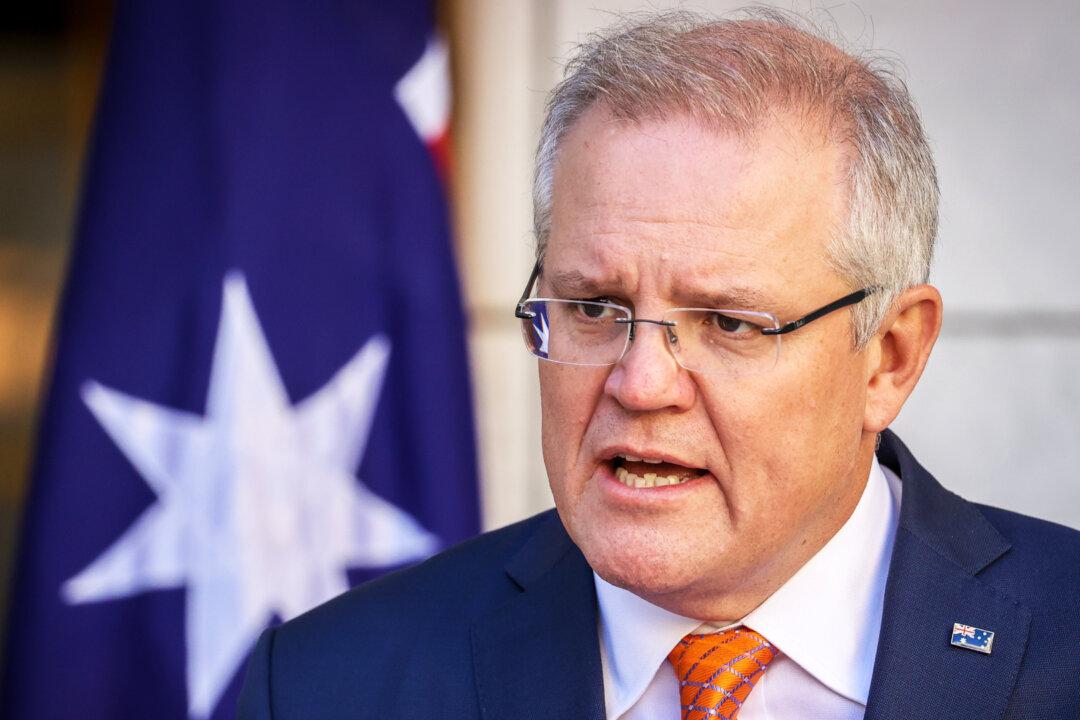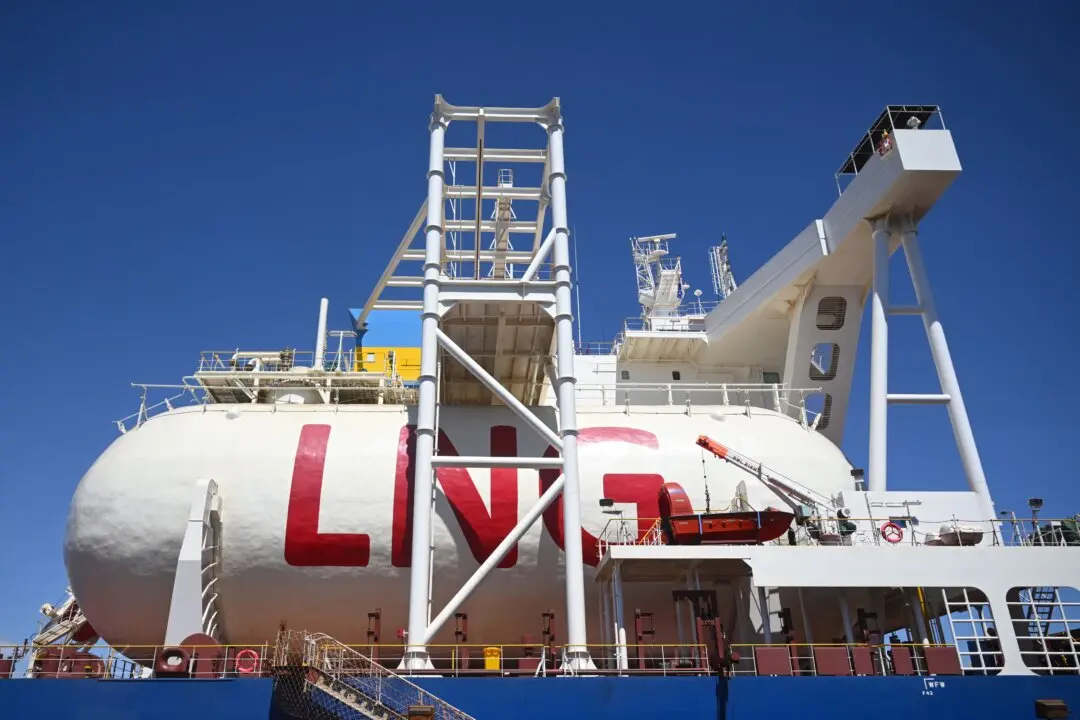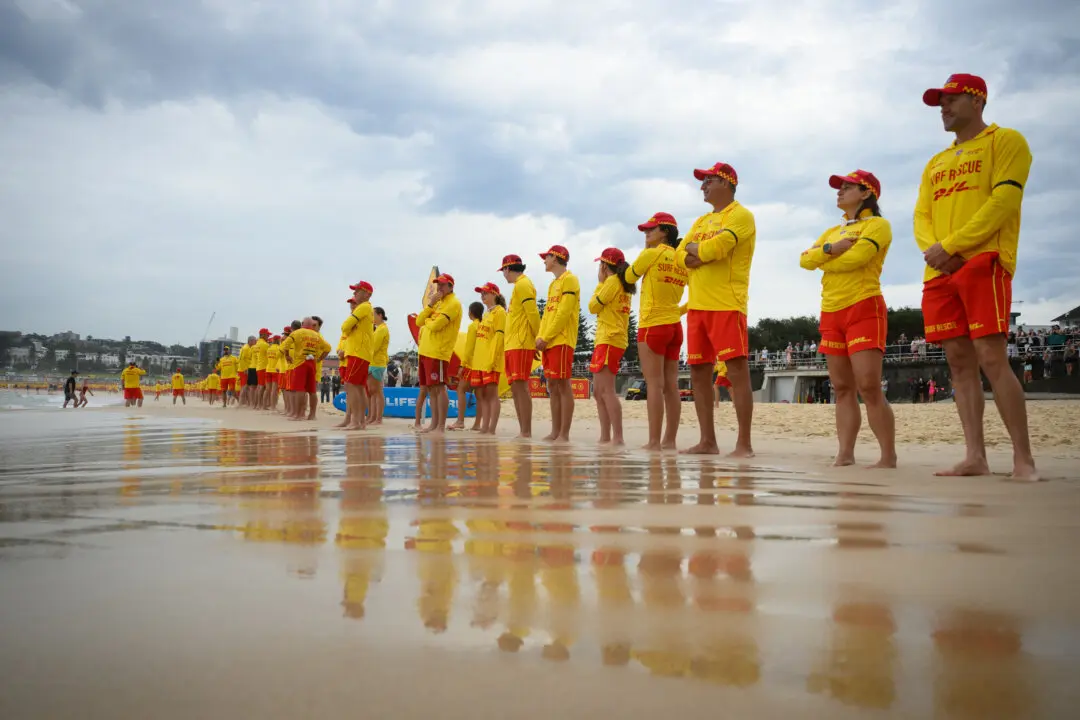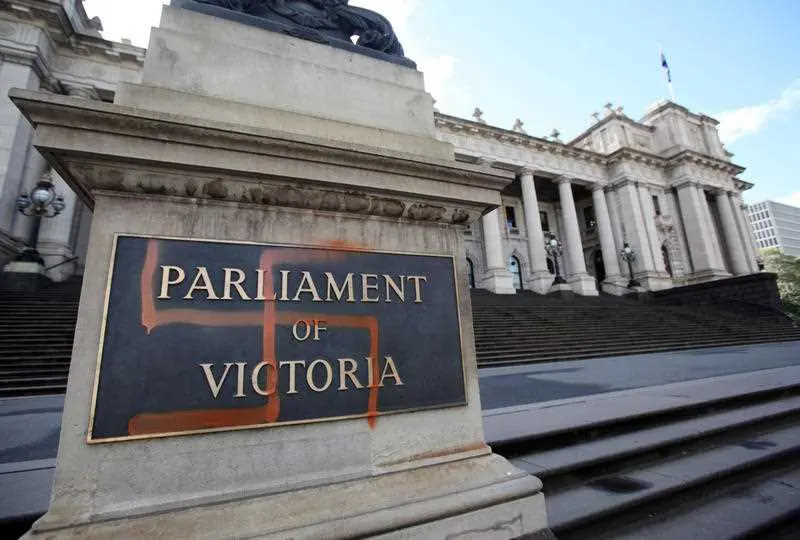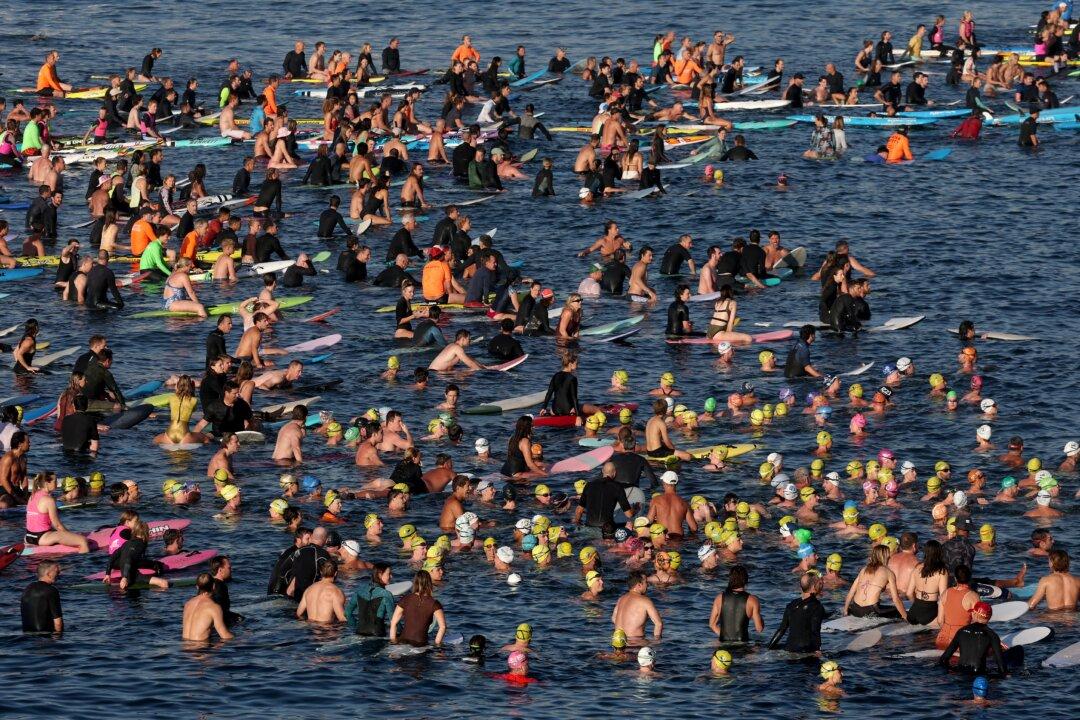Prime Minister Scott Morrison has taken aim at Western Australia and Queensland over their strict border closures, saying they should only be in place for health reasons.
NSW residents’ hopes of travelling to Queensland soon could be dashed after the state recorded eight locally acquired cases on Oct. 8, three of which had already been flagged.
